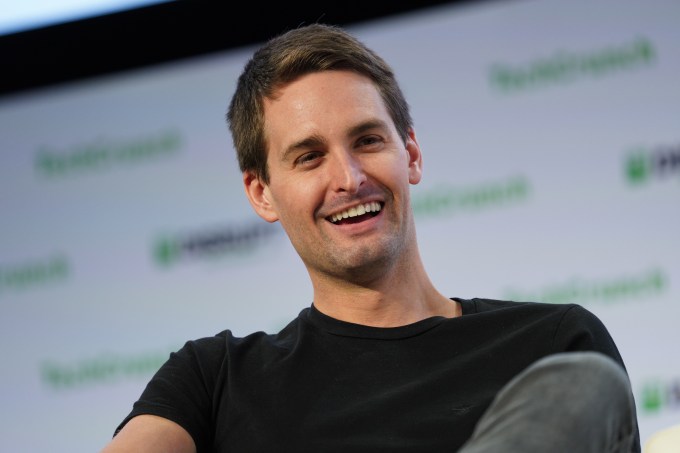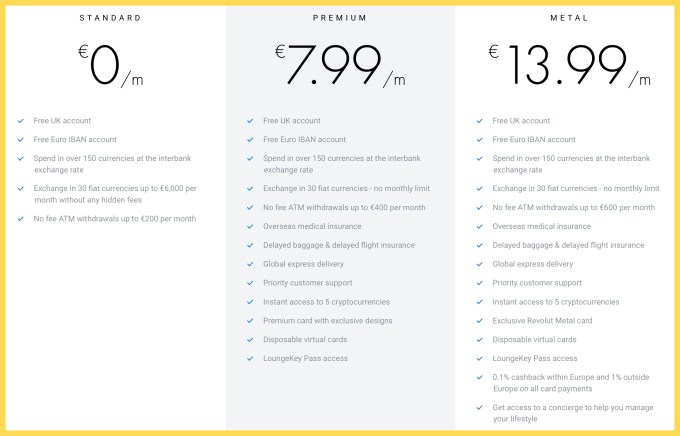Keep Labs won an Innovation Award Honoree award for CES 2020 but is banned from saying the word “cannabis” on the CES show floor. Weeks later, the CTA, the trade group behind CES, told Keep Labs it could only exhibit if the company’s signage, marketing materials, and the product is free from cannabis product and paraphernalia.
To be named as an honoree is a significant honor for any company, but with Keep Labs, it’s historic. Keep is a product designed explicitly for cannabis, and this is the first time a company centered around marijuana has won an award from CES.
Because of the strict guidelines, Keep Labs decided it wasn’t in its best interest to exhibit at CES despite winning one of its top awards. The company is currently featured on the CES website, among other Innovation Award Honorees, where the word “cannabis” is used throughout the description.

Keep smart storage
Keep is a discreet desktop storage device designed to keep cannabis fresh and locked away. It looks like a smart speaker with a clock, but if you engage the biometric lock, the top opens, revealing several storage containers for cannabis products. With mobile alerts, a built-in scale and a hermetic seal, the device is purpose-built to be an ideal spot to store and secure weed.
The company was founded by two Canadian dads looking for a more secure way to store edibles. Their story is familiar: A friend unknowingly consumed cannabis gummies from an unmarked container. This led the founders to try to find a safe place to store cannabis items. Unable to find such a device, Ben Gliksman, a venture capital attorney with 10 years of experience, and Philip Wilkins, who previously built and sold two companies, set out to build their own.
Available in chalk white and slate black, the device is beautiful and achieves its goal of securing cannabis without hiding. This storage container would look at home on a bedside stand or hallway table.
Facial recognition keeps the device locked. If Keep is tempered with, the owner gets a smartphone notification. An airtight seal keeps things fresh and contains odors. Inside, separate containers keep things organized. There’s even a removable rolling tray and space for accessories. A battery allows owners to use the device anywhere.
This is Keep Labs’ first product, and the company is conducting its own fundraising campaign. At the time of writing, the Keep is available for pre-order for CAD 199.
The CTA awarded Keep Labs the Innovations Award Nominee honor on October 15. On December 4, the CTA gave the company the restrictions on exhibiting.
I spoke with Keeps Lab co-founder Philip Wilkins after the company first heard of the restrictions. At that time, in early December, the company still planned on attending and exhibiting the award. Later, the company had a change of heart.
Now, Wilkins tells TechCrunch that without being able to mention or talk about cannabis, they wouldn’t be doing the brand justice. The CTA had lumped them in with “storage solutions and appliance for the home.” Shying away from cannabis goes against everything they believe in. They aren’t a home storage solution, the company says, and that’s not why they won the award.
There’s a stigma around cannabis tech, Wilkins said, adding Keep Labs’ product is lumped in with “bongs and blunts.”
The company’s ban from CES is the latest hurdle facing Keep Labs. The company previously attempted to list its product on Kickstarter and Indiegogo, but neither platform would allow it, because of the word “cannabis.”
Instead, the company launched a self-ran crowdfunding campaign. Right now, 805 backers have pre-ordered the device for CAD 199. The campaign is at 77% with just under two months to go before the self-imposed deadline of March 1, 2020.
Wilkins told TechCrunch the company is in the middle of mass-producing the product and are looking for additional distribution channels as well as venture capital investors who understand the need and cannabis space.
CES, Las Vegas and Cannabis
Cannabis and e-cigarette products are historically banned from CES. Vape makers like Pax and Puffco and Juul have been unable to exhibit, but with the Keep Labs award, it felt like the CTA was softening its stance. After all, Keep Laps doesn’t make a consumption product, but rather a storage product. The distinction seems significant.
The trade association issued TechCrunch the following statement: “There are no cannabis or e-cigarette products on the exhibit floor at CES, as the show does not have a category pertaining to that market. Given cannabis is not a category at CES, the company was able to exhibit under the terms they’d showcase their product as a storage device,” adding later “Keeps Lab (sic) fit in the Home Appliances category for the Innovation Awards.”
Exhibiting at CES can lead to significant growth for companies. Buyers, distributors, bankers alike attend the show in the hopes of adding companies and products to their portfolios. For a startup like Keep Labs, it can lead to retail distribution, financial capital and valuable industry partners. And being nominated as an Innovation Award Nominee shines a spotlight, making deals even more accessible.
Over 180,000 people attended last year’s show, including over 6,500 members of the media.
There are other ways of being at CES than through conventional means. Many companies take up private spaces throughout Las Vegas, in hotel rooms, and in other conference centers. This lets companies access the CES attendees in more private settings. However, by nature, these spaces are invite-only, which eliminates a lot of opportunities for the companies.
For cannabis companies, renting a hotel room bypasses the CTA’s rules, but not Nevada state laws. In the state of Nevada marijuana is legal to consume in private residence, but banned from consumption in parks, dispensaries and hotels. This means there isn’t — really — a place Las Vegas visitors can legally consume cannabis. And for cannabis companies looking to make deals, there are few legal locations where they can demonstrate their products.
Banned Tech
This incident smells familiar. In the run-up to the 2019 show, the CTA awarded sex-tech startup Lora DiCarlo with the same award only later to rescind it. The CTA told TechCrunch at the time that the Lora DiCarlo Osé does not fit into exciting product categories, and the company should not have been accepted for the Innovation Awards Program.
The CTA drew widespread criticism for revoking Lora DiCarlo’s award.
TechCrunch confirmed at the time the CTA also prohibited Lora DiCarlo from exhibiting at CES, citing the company doesn’t fit a product category. However, other sex tech companies were on the show floor that year.
Past CES shows featured sex-tech companies, including a virtual reality porn company in 2017 and a sex toy robot for men in 2018. This 2020 year’s show will be sexual wellness company OhMiBod’s tenth year exhibiting at CES. In years past, the company launched wellness products, including a Kegel exerciser and in 2019, when Lora DiCarlo was banned, an Apple Watch-controlled vibrator.
“There is an obvious double-standard when it comes to sexuality and sexual health,” Lora DiCarlo founder Lora Haddock wrote last year. “While there are sex and sexual health products at CES, it seems that CES/CTA administration applies the rules differently for companies and products based on the gender of their customers. Men’s sexuality is allowed to be explicit with a literal sex robot in the shape of an unrealistically proportioned woman and VR porn in point of pride along the aisle. Female sexuality, on the other hand, is heavily muted if not outright banned.”
In the CTA’s letter to Lora DiCarlo, obtained by TechCrunch, the CTA cited a clause that explained how entries deemed “in their sole discretion to be immoral, obscene, indecent, profane or not in keeping with the CTA’s image will be disqualified. CTA reserves the right in its sole discretion to disqualify any entry at any time which, in CTA’s opinion, endangers the safety or well being of any person, or fails to comply with these Official Rules. CTA decisions are final and binding.”
CES or Bust
The cannabis market is exploding. In the United States, the substance is legal in 11 states, with Illinois becoming the latest to allow the sale and consumption for recreational use. Public support for legal pot hit an all-time high in 2019, according to this CBS News Poll. Over 30 states have legalized it to some degree, and more will follow.
Recreational cannabis is legal in Canada, where Keep Labs is based.
The sheer demand raises the question of the CTA’s slow acceptance of cannabis-related products. As a trade group, it’s tasked with promoting policy that leads to growth within the consumer electronics world, and cannabis tech are quickly becoming a lucrative industry with broad acceptance across demographics.
Someone within the CTA sees the appeal of the Keep device. By awarding it with one of its top honors, the CTA is celebrating the responsible use of cannabis. And yet, by requesting the company hide its intended purpose while exhibiting, it is seemingly forcing cannabis back into the shadows.
Source: Tech Crunch










